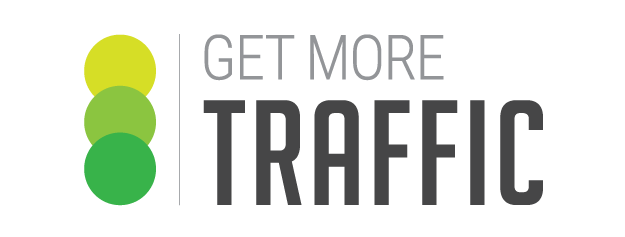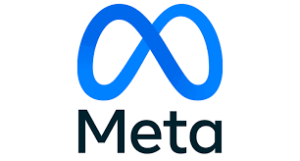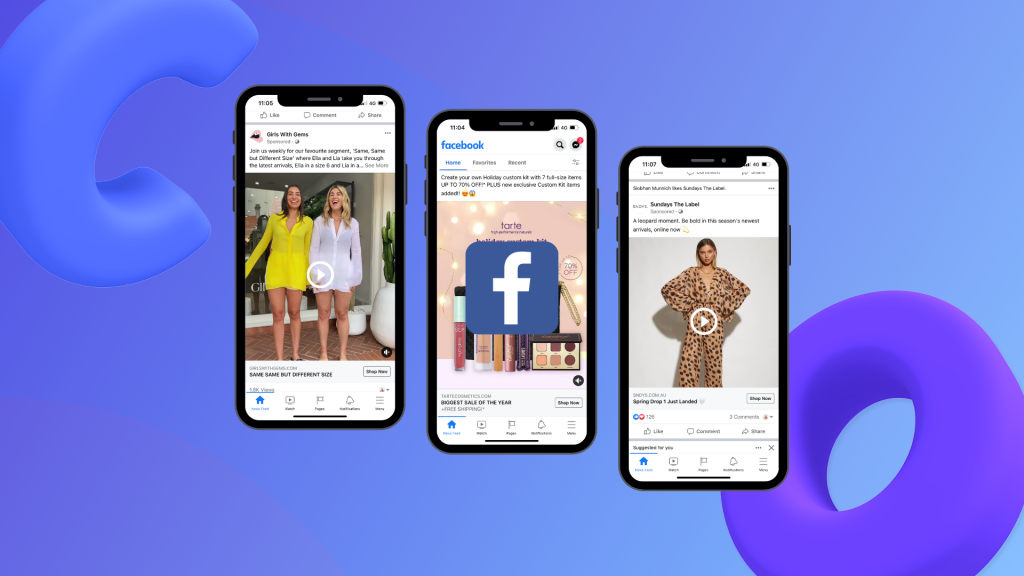October Digital Marketing Industry Updates
Google Updating Mobile Search Results Experience
Google’s search results pages for mobile are undergoing a massive shift. Google recently announced that they are introducing continuous scrolling for mobile search, so that instead of clicking through to the next page, or “See more results”, the behaviour is more likely to mimic how users experience scrolling through social media feeds. The news has gotten mixed reactions across the industry. However, the continuous scroll might prove beneficial for businesses. For one, it should allow users to continue to scroll through and find relevant content that may not immediately be among the results displayed at the top. Expect this change to continue to be rolled out in the coming weeks.
Changes Being Made to Facebook Ad Objectives
Facebook is making some changes to the current ad objectives present in Ads Manager. All ad objectives are now being grouped into six new objectives as a way to better communicate and collate similar ad objectives. The six new objectives include awareness, traffic, engagement, leads, sales, and app promotion. Facebook has mentioned that there will not be any changes made in terms of reporting of results, and any campaigns that are still currently running will remain active and won’t require any changes. It would be keen, however, for advertisers to familiarise themselves with the new schematics of Facebook’s ad objectives.
Professional Profiles Coming to Twitter!
They might have been a long time coming, however Professional Profiles are finally coming to Twitter. Beta testing started back in April, wherein Twitter invited a handful of businesses and creators to participate. Recently, they’ve opened up the Personal Profiles to more businesses. To apply for a Professional Profile, simply click through this link. The Professional Profile will display three modules: The About Module, which has your business and contact information, as well as hours of operation; the Shop Module, which will allow Twitter users to purchase on the platform; and the Newsletter Module, which can serve as a distribution channel for businesses on latest news and updates. Take note, though, that once accepted manually editing your profile is not readily available. Should you wish to make any changes, you will have to resubmit the application.
Advertiser Identity Verification Policy Updates on Google
To further improve the quality of advertising on its network, Google is updating their Advertiser Identity Verification Policy. The new policy won’t have a massive effect on advertisers except that they should expect to receive an email in the coming days regarding this. The verification process should be accomplished within 30 days, after which Google will pause all running campaigns until after completion. This change will allow Google to publicly disclose business information such as advertiser name change history, contact information, ad creatives, ads removed, accounts suspended, and the dates and locations that ads are being served.
Digital Marketing Industry Updates – July Edition
Facebook Analytics Officially Removed
Back in April, Facebook announced it was removing Facebook Analytics. This move officially occurred last July 1 as a way to consolidate Facebook’s business tools. The removal of Facebook Analytics doesn’t affect the insights section of either Facebook and Instagram. In fact, Facebook has stated that the same data, insights, and analytics are still available amongst their other tools such as Facebook Business Suite, Ads Manager, and Events Manager.
Google Analytics 4 Introduces New Reporting Features
Filling in the gaps for those who opt-out of being tracked online, new features have been added to Google Analytics 4. These new features aim to increase usability and enable you to deep-dive into certain analytics to help you understand better understand your results. Some of these additional features include new navigational panels that help you switch between reports, expanded conversion modeling, and some brand new reporting options for your ads, including “Advertising Snapshot” which gives you a holistic view of conversion points from multiple channels.
Microsoft Ads Introduces Facebook Import Feature
To help its users and advertisers save time and maximise ROI, Microsoft ads has released a new advertising feature called Facebook Import. This new feature allows users to copy over their Facebook Audience network into the Microsoft Audience network, saving advertisers the time and effort. The new tool can either be used to complement your existing Google Import strategy, or as a standalone feature.
New Insights and Ad Space for Instagram Reels
The latest ‘Reels’ video content on Instagram has become more of a staple on the platform. And because of the increasing popularity of Reels, the feature has also gotten its own Insights and ad space through Reels Ads. The format is still very similar to Reels in that the ads can go up to 30 seconds (double the length of your standard Instagram Story ads). These ads show up in the same space that users consume Reels, including the Reels tab, the Explore tab, Stories, and in the Explore page.
Mobile Technology, But Not As You Know It!
The suffix ‘-near me’ is becoming more prevalent in search queries on Google, having experienced a significant increase in the last year alone. As the world becomes more and more comfortable with the fact that the device in their pockets, and more importantly, the websites that they visit are becoming better to navigate on mobile devices, we will continue to see better and more targeted results from Google. Google is putting a lot of research and development into responding to more ‘human’ enquiries. Humans don’t talk in ‘keywords’; they ask questions, make statements, and the more Google is able to recognise these, the more in-depth its returning results will be.
Think about this, you’re driving down the road listening to the music on your device connected wirelessly through your car stereo (this alone is a ‘future is now’ scenario) when the music dims and your GPS navigation reminds you to turn left. As it does this, it also mentions that there is a sale on at that store you like on the same street. Intrigued, you pull up outside said store and wander in. You find that item which has been sitting on your ‘want’ list for quite some time and purchase it.
You jump back in the car with your shiny new item, keen to get home to test it out. You make your way to your final destination of which you have forgotten where you were going. You ask your phone, “where was I going?” and it replies, “to the supermarket for ingredients for the dinner party you’re throwing for your friends”.
You arrive at the supermarket – what are you going to buy? You speak into your phone, “what would you suggest for a dinner party of 15 friends that doesn’t include coriander as an ingredient?” and your phone supplies you with several options. You choose one and log in to the supermarket’s website, pushing your order direct. You saunter up to the counter and pay for your groceries with your phone at the mobile PayPoint. There’s a beep and you’re on your way home.
Believe it or not, this type of mobile device advanced development is 100% in the works. Google has purchased apps to integrate with Maps that will allow companies to push specials to you *as you approach their venue*, and you’ll be able to talk to your phone like you would to a human. Even omni-channel experiences are very much already here in our major department stores. Search is going to change as we know it and it is vital that your business is adaptive and fluid enough to be able to handle that change. Get in touch with Get More Traffic on 1300 332 256.













